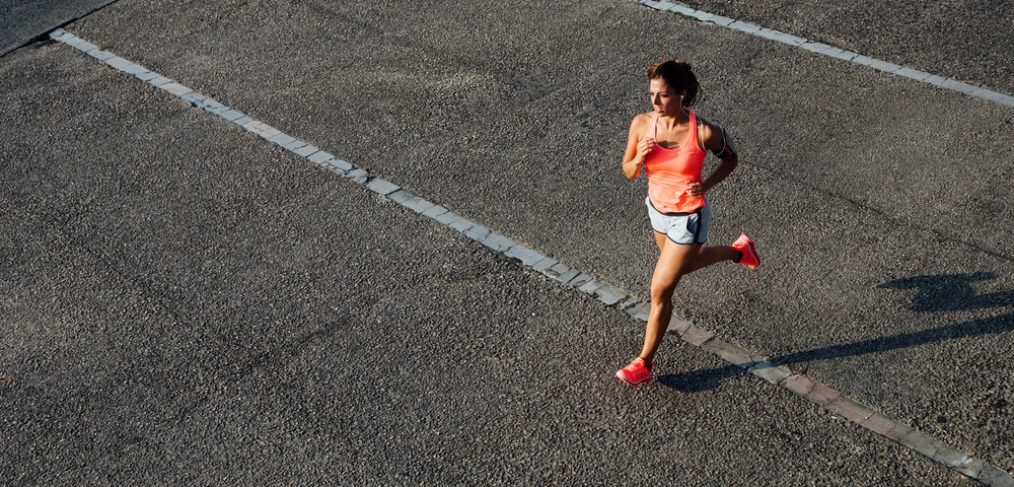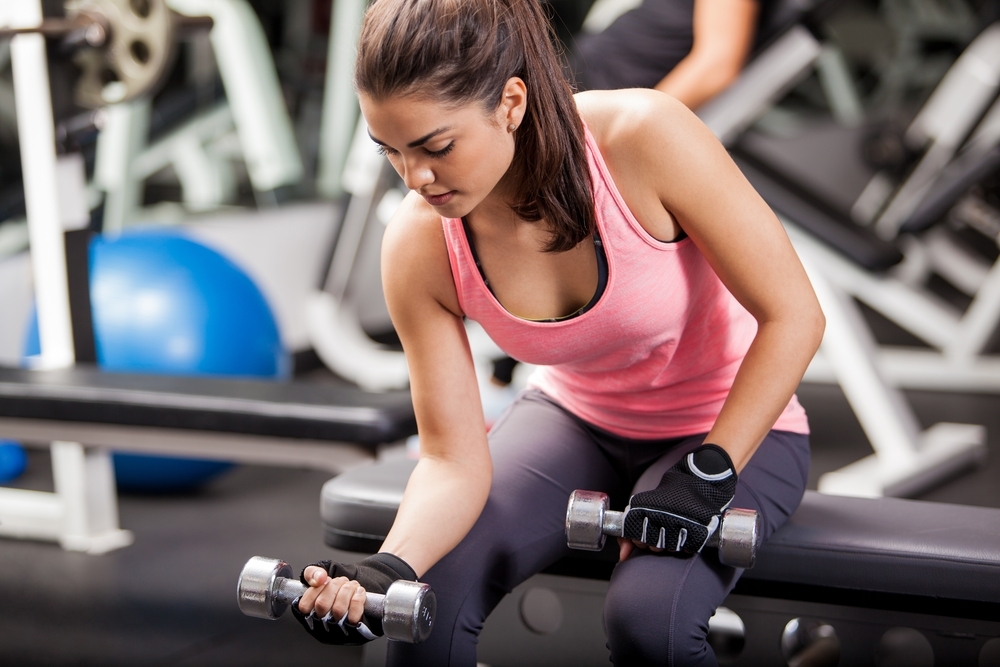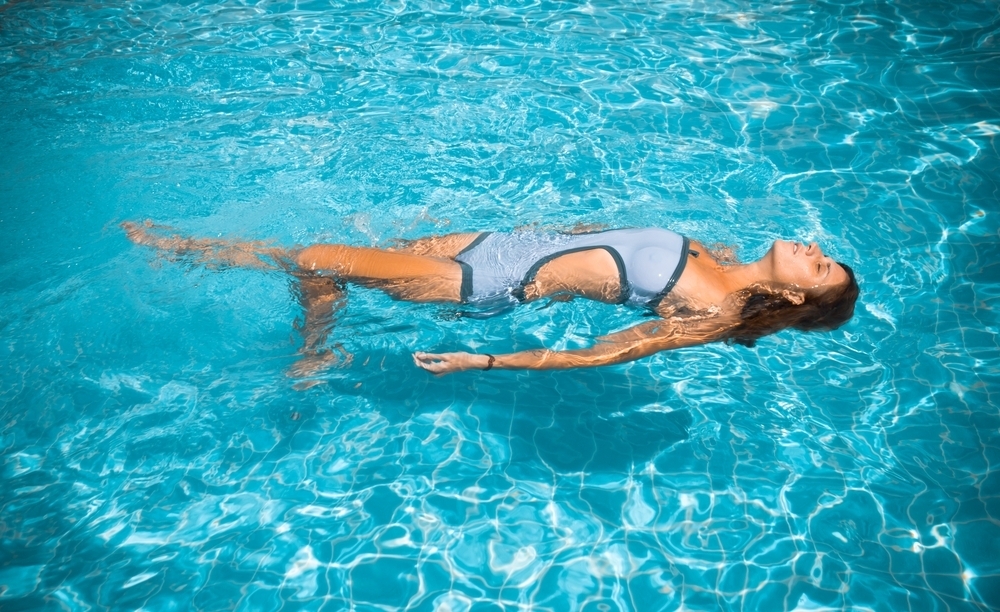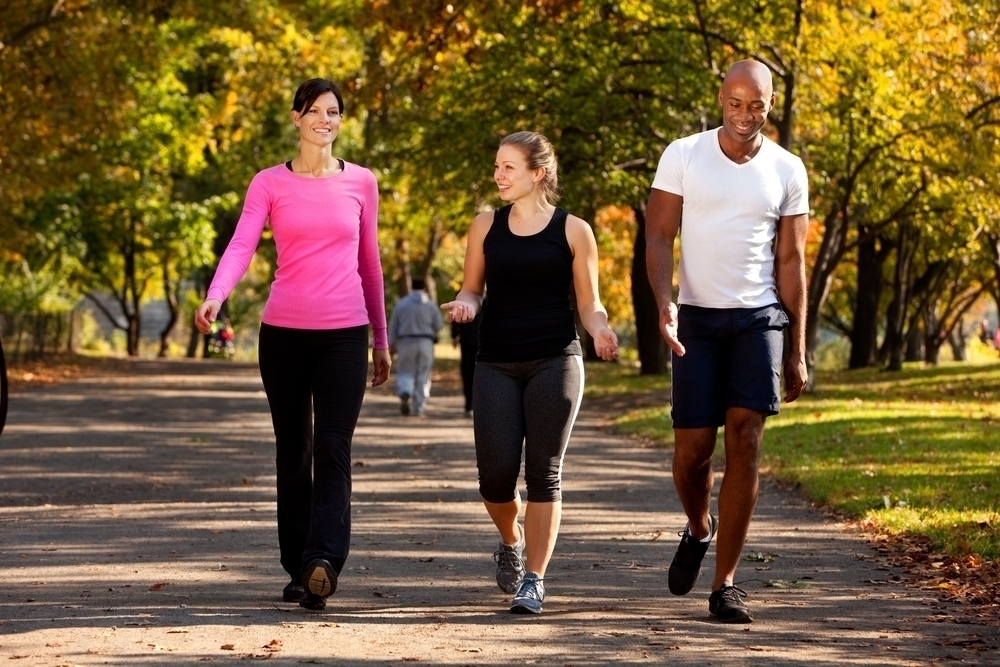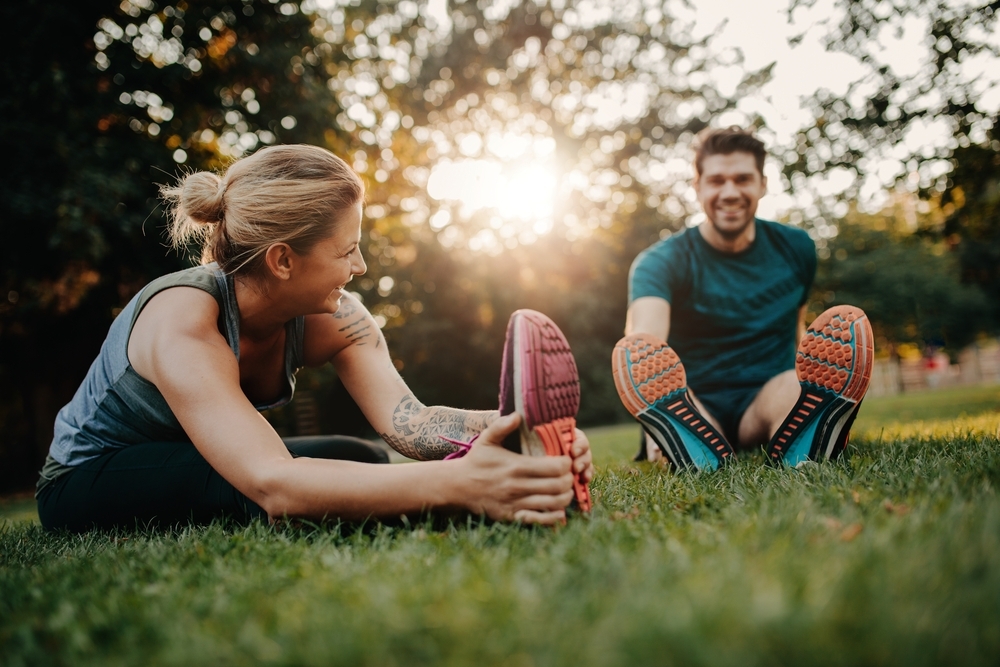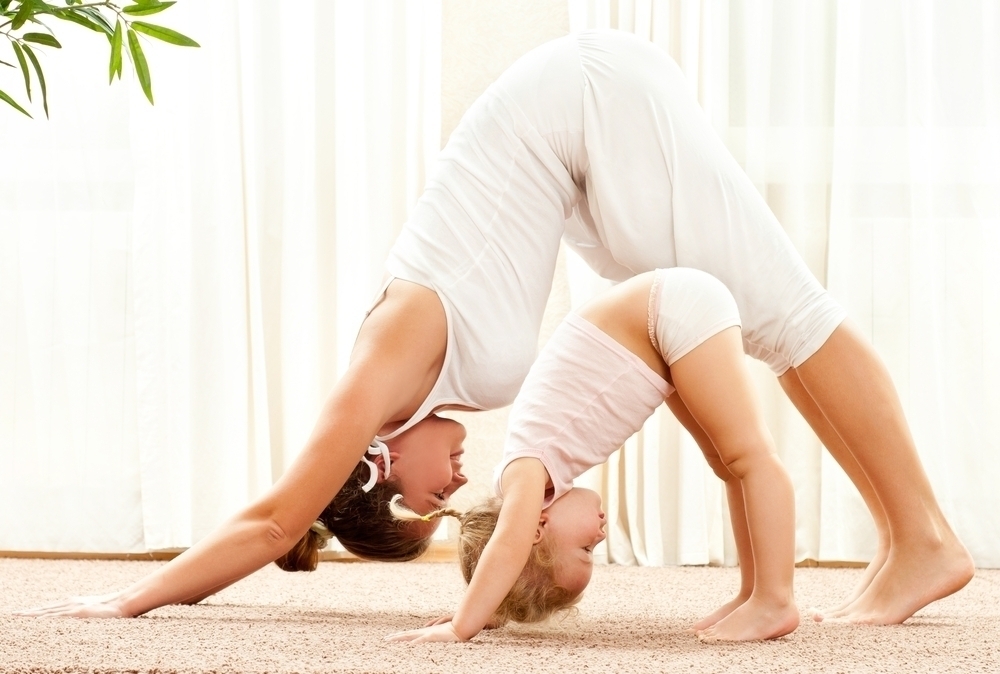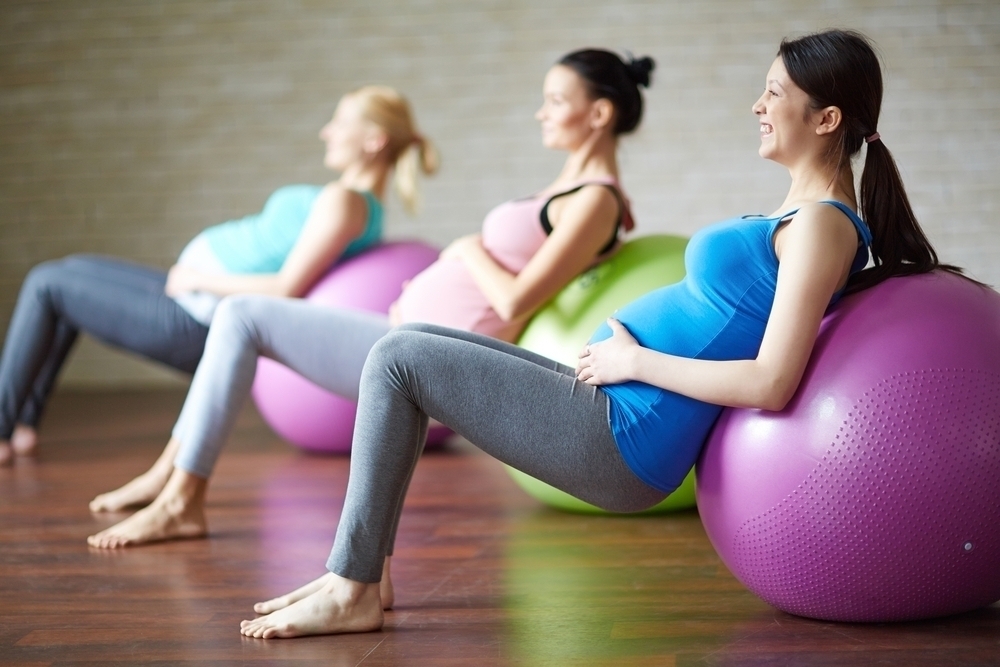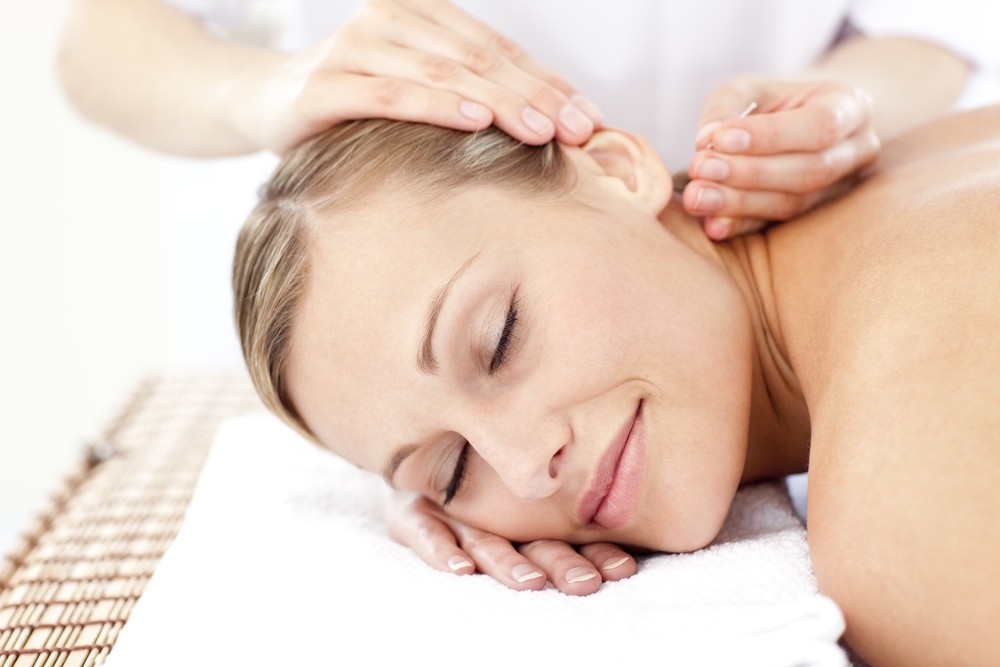For nearly 25 million American, 75 to 80 percent of which are ladies, incontinence is an inconvenient truth. There is nothing sexy about it, there is nothing fun about it, and there is nothing cool about it, but there are some things that can be done about it. While drugs and surgeries are options, they often come with inconveniences of their own. Here are some healthy alternatives you may want to consider.
Kegel Exercises
Kegel exercises involve flexing the muscles you use to stop the urinary flow. According to Philippe Zimmern, MD, and professor of urology,”Kegels are very useful for early stages of incontinence and after a surgical repair to maintain pelvic floor tone over time.” You can get a tutorial from a physical therapist and may see an improvement after 6 to 12 weeks of regular practice.
Lose Weight
Extra belly fat puts excess pressure on the pelvic muscles. Says Zimmern, “Losing weight if you are overweight is an important step toward reducing the severity of your incontinence.”
Bladder Control
The mind can be a very powerful tool. The idea is to learn how to delay urination. To start, try to put the need to rush to the bathroom off by ten minutes, gradually building toward twenty. The goal is to eventually increase the time between goes so that you can use the restroom comfortable every four hours.
Magnesium
Magnesium has often been linked to muscle and nerve function. In a study at Tel Aviv University at Israel involving 40 women, more than half of the participants who took magnesium hydroxide twice a day showed improvements in incontinence and did not wake up as many times during the night to use the toilet. Doctors believe magnesium reduces bladder muscle spasms, allowing the bladder to empty completely. Magnesium rich foods include potatoes, corn, and bananas, but consult your doctor before taking supplements.
Biofeedback
Biofeedback involves the monitoring of your body by electrical sensors, allowing you to get an idea of what’s happening inside you and make appropriate changes. Zimmern says, “Physical therapists use biofeedback to help patients understand what muscles they should contract during Kegel exercises, and/ or improve the performance of these muscles by providing a visual feedback to the patient during the training session.” However, he allows, “It’s very beneficial in general, but potentially a bit costly depending on insurance coverage, and requires perseverance on the part to the patient. ”
Pessary
A pessary is a ring like an instrument that is inserted into the vagina to lift and support the bladder. It can be helpful in lowering stress incontinence, associated with exercise and coughing. Zimmern explains, “Some vaginal devices have been designed to support the bladder neck, in the same way, a tampon can work. They require good local hygiene and sometimes the use of hormonal cream to avoid vaginal wall irritation.” Pessaries usually remain in place for about a week, and a may be used for an indefinite amount of time.
Acupuncture
Amber Addison, licensed acupuncture therapist recommends her treatments for incontinence patients. She believes that the imbalance can come not only from the kidneys and bladder but from other body parts, like the heart and lungs. “Most of the time it’s a combination of two or more system imbalances that causes overactive balance,” she says. While it may take some time for acupuncture to take effect, Addison assures, “I have had success with every person I have treated for incontinence.”
Are you suffering from incontinence? What do you think works best? Join the conversation and shed some light on an inconvenient truth.




